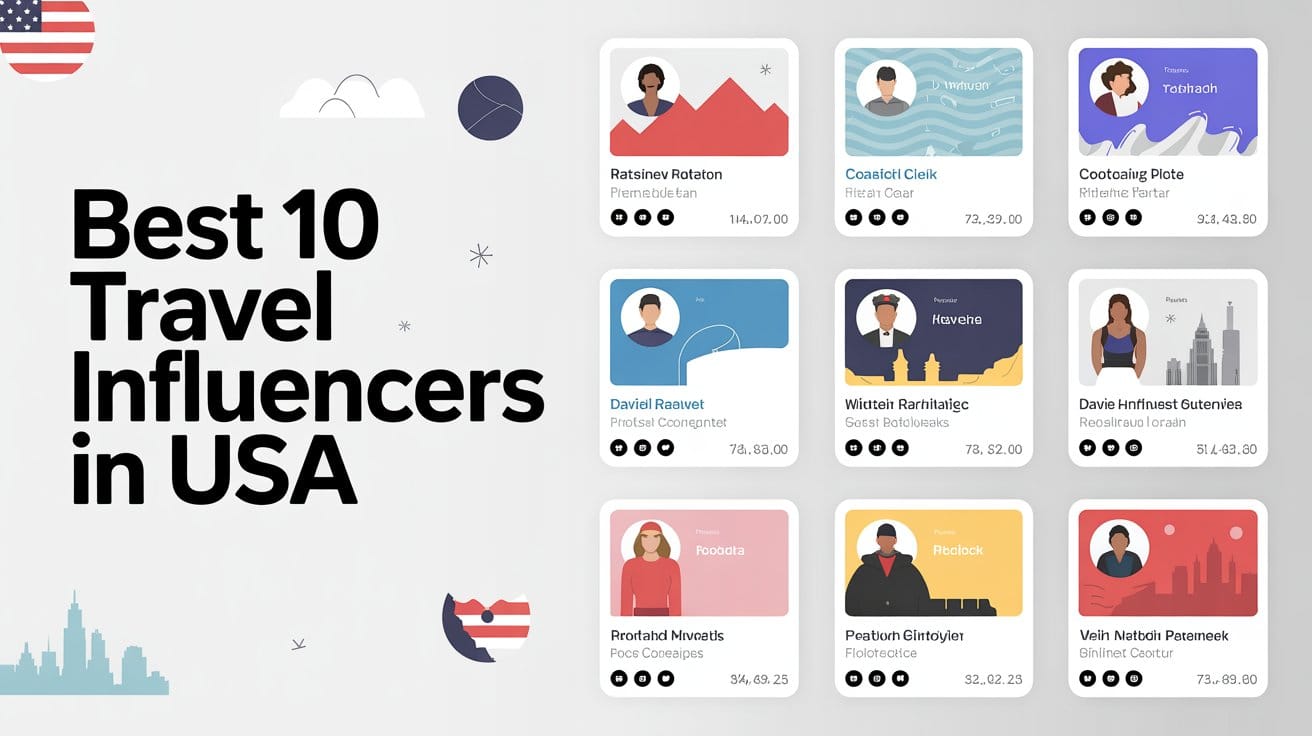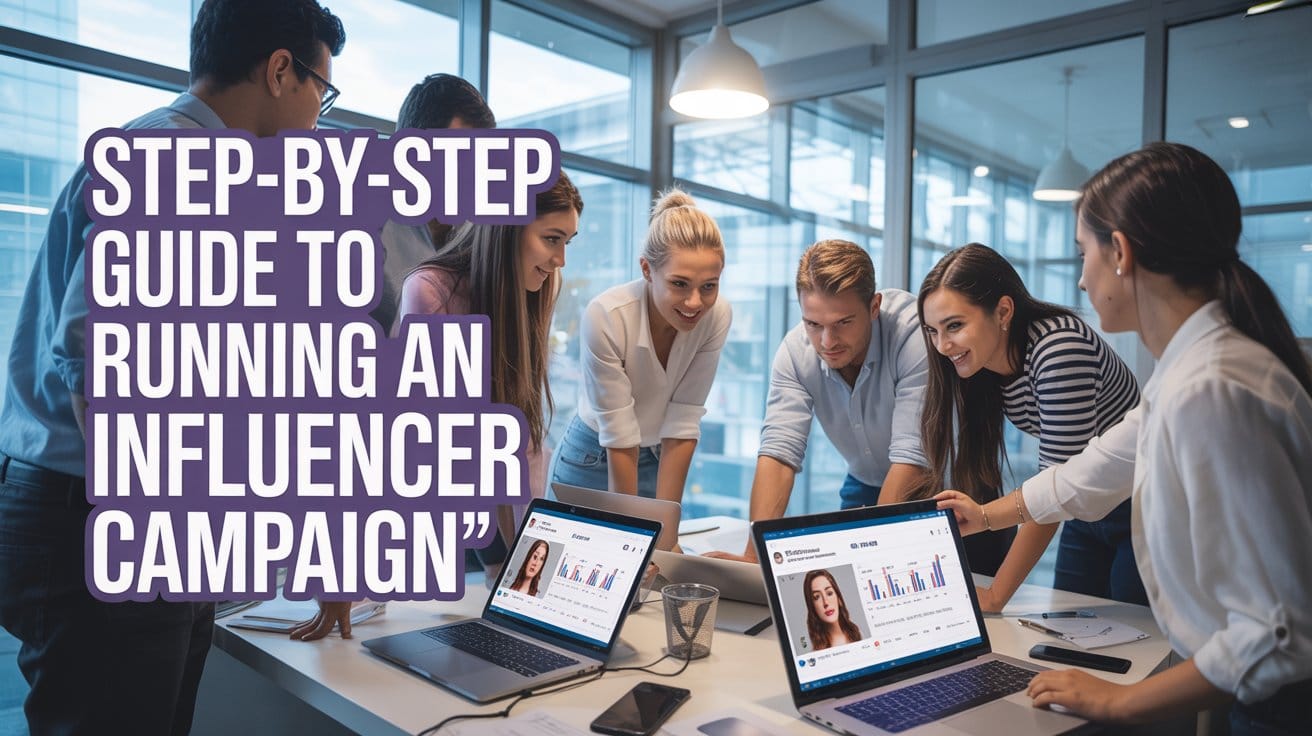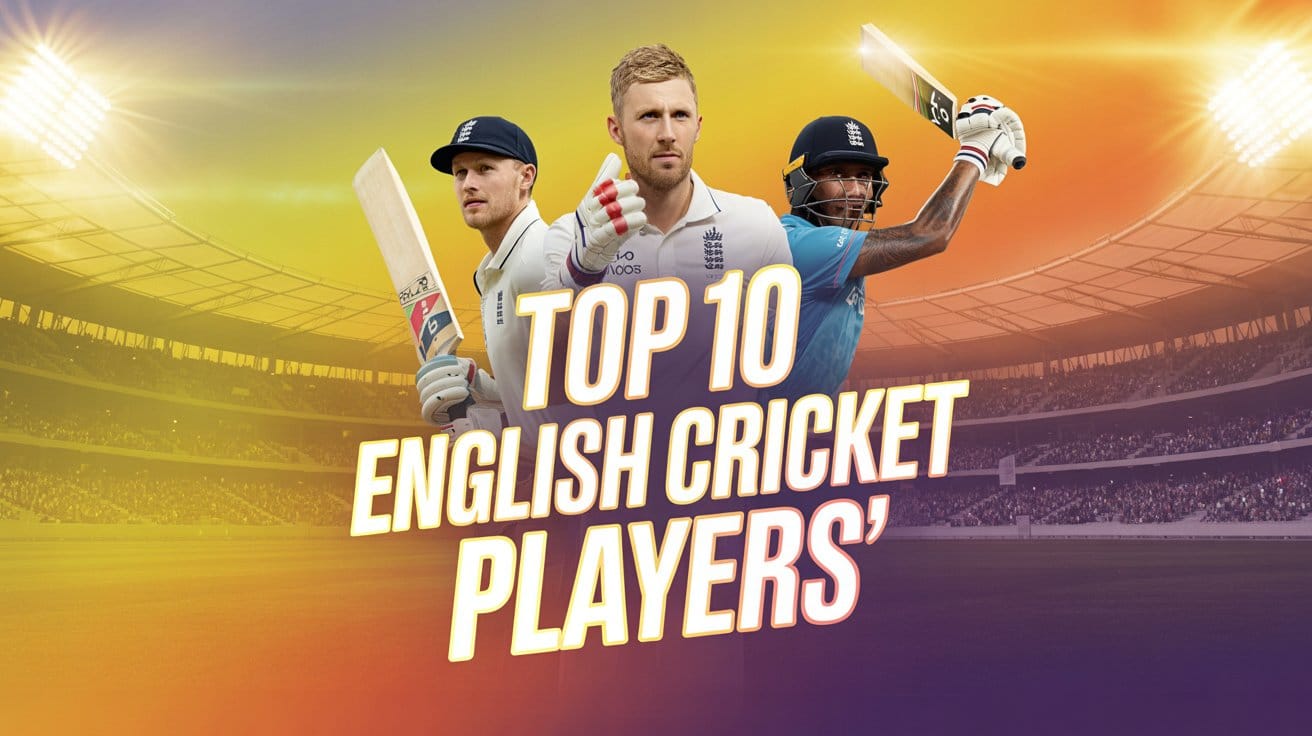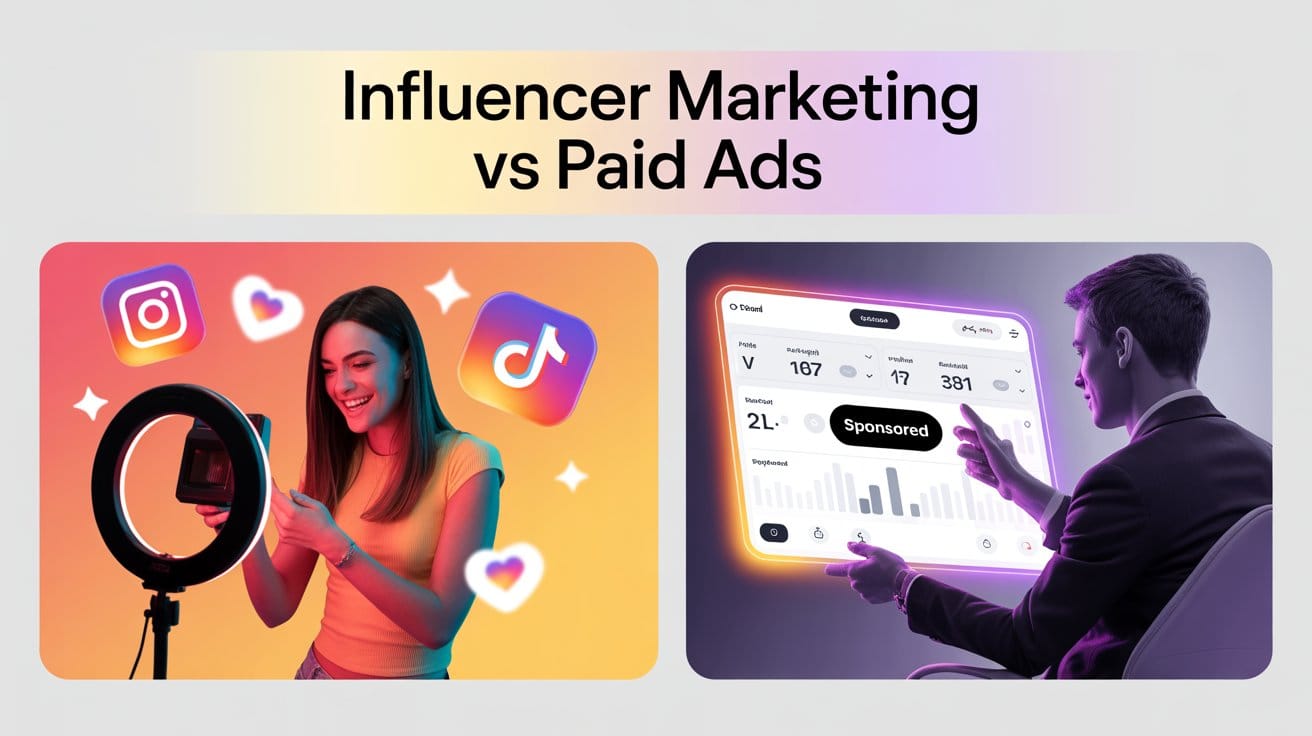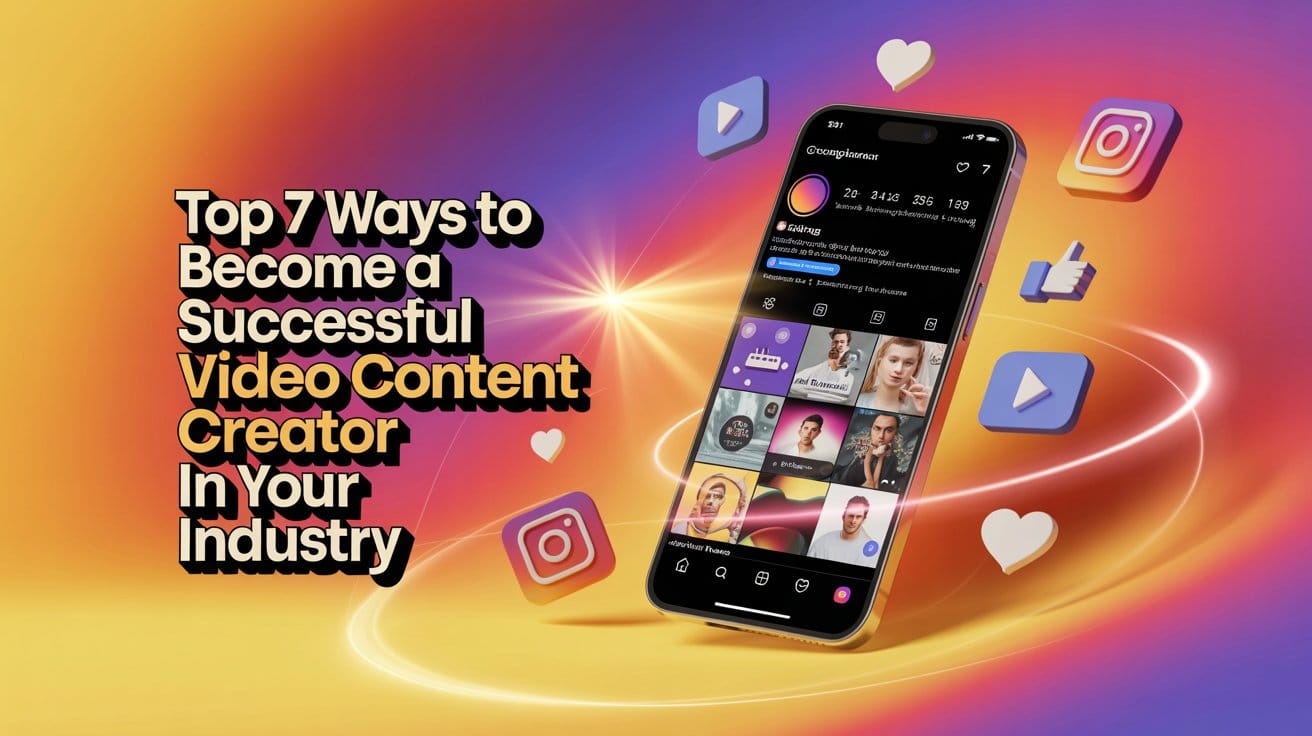In today’s digital landscape, influencer marketing is no longer reserved for mega-brands with deep pockets. Influencer marketing for small businesses has become an affordable and effective strategy to boost visibility, engage with local audiences, and drive growth without the need for a massive budget. If you’re a small business owner, here’s the good news: when you approach influencer marketing thoughtfully, even a modest investment can yield impressive returns. This guide reveals how small businesses can harness influencer marketing effectively, even when starting on a budget.
Why Influencer Marketing Works for Small Businesses
Think of influencer marketing as word-of-mouth advertising on a larger scale. Let’s say a local café teams up with a lifestyle influencer who has a strong local following. When that influencer posts a photo enjoying a coffee at your café, their followers (many of whom live nearby) see it as a genuine recommendation, not an ad. This trust and authenticity are why influencer marketing for small businesses can be such a powerful tool. Influencers make your brand feel more accessible and relatable, and that connection can be a game-changer for reaching new customers.
How Small Businesses Can Leverage Influencer Marketing Effectively
1. Define Your Goals and Budget
Before you jump in, be clear about what you want to achieve. Are you looking to increase brand visibility, get more foot traffic, or drive website visits? Defining these goals will guide your choices as you set up campaigns and select influencers.
Remember, for small businesses, influencer marketing doesn’t have to be expensive. Many micro-influencers (those with 1,000 to 10,000 followers) offer affordable rates, often engaging deeply with their audiences. This makes them an ideal fit for small businesses aiming to create authentic connections.
How much does influencer marketing cost for small businesses? Costs can vary, but small businesses can typically get started with micro-influencers for as little as ₹10,000 to ₹50,000 per month. Some influencers even accept products or services in exchange for a post, keeping costs low while still delivering value.
2. Find the Right Influencers for Local Reach
For small businesses, finding influencers with a local following is essential. Imagine a boutique in Bangalore connecting with a local fashion influencer. This connection is powerful because it targets customers who are likely in the same city or neighborhood, making them more inclined to visit your store.
What is the best way for a small business to find influencers? Start by exploring Instagram or Facebook and searching relevant hashtags like #BangaloreFoodie or #DelhiShopping. You can also use tools like BuzzSumo or Upfluence to filter by location and reach influencers with audiences in your target area.
Red Flags to Watch For:While influencers can boost your brand, small businesses should look out for these potential pitfalls:
📉 Fake Followers: Use tools like Social Blade to identify influencers with inflated follower counts and low engagement.
🎯 Wrong Audience: Ensure their followers align with your target market.
🚫 Too Many Ads: Avoid influencers who seem overly commercial—authenticity is key.
💬 Poor Communication: Lack of transparency or slow responses can signal issues.
⚠️ Controversial Content: Check their past posts to avoid potential PR risks.
Also Read: How To Find Right Influencers?
3. Start Small with Micro-Influencers
Contrary to popular belief, bigger isn’t always better when it comes to influencer marketing. For small businesses, micro-influencers often provide the most bang for your buck. These influencers usually have loyal followers and offer reasonable rates, making them a natural fit for budget-conscious businesses.
What types of influencers work best for small businesses? Micro-influencers are ideal because their smaller, highly engaged audiences value their recommendations. They are often open to creative partnerships, providing flexibility that works well for small businesses looking to grow on a budget.
4. Build Long-Term Relationships with Influencers
Instead of thinking of influencer marketing as a one-off tactic, small businesses should treat influencers as long-term partners.
How to Foster Lasting Relationships:
- Involve Them: Share your business goals and invite their input—it shows you value their expertise.
- Stay Connected: Continue engaging with influencers even after campaigns, whether it’s celebrating their milestones or inviting them to future events.
- Offer Beyond Payments: Free products, exclusive previews, or even a simple thank-you note can make a lasting impression.
- Celebrate Wins: Share campaign successes with them to strengthen trust and encourage future collaborations.
Building trust and showing appreciation can turn a single campaign into a long-term, mutually beneficial partnership.
5. Engage in Giveaways or Discount Collaborations
Giveaways and exclusive discounts can be highly effective in driving engagement. Partner with influencers to host a giveaway that encourages followers to tag friends or share the post. This approach amplifies your reach and grows your social media presence.
Additionally, provide discount codes unique to the influencer. Not only does this incentivize purchases, but it also helps you track conversions directly.
6. Use Storytelling for Deeper Connections
Success in influencer marketing comes from creating genuine connections. Instead of focusing solely on product details, encourage influencers to share stories about how your brand fits into their lives.
For example, a fitness influencer could share a post about how your wellness products have helped them stay consistent in their routine. These personal touches resonate more strongly with followers, making them more likely to trust and engage with your brand.
7. Track and Analyze Results
Your work doesn’t end when the influencer posts. Tracking the right metrics ensures you understand what worked and what didn’t.
Key Metrics for Small Businesses to Track:
- 📊 Engagement Rate: Likes, comments, and shares indicate how well followers connect with the content.
- 👁️ Reach and Impressions: Monitor how many people saw your content and how frequently it appeared.
- 💰 Conversions: Use UTM links or promo codes to measure sales or sign-ups directly.
- 🗨️ Sentiment: Review comments to gauge audience interest and feedback.
Analyzing these metrics provides insights to refine your strategy for future campaigns.
8. Use Affordable Influencer Marketing Platforms
If you’re short on time or resources, influencer marketing platforms can simplify the process. Here are some budget-friendly options:
- AspireIQ: Manage multiple campaigns easily.
- TRIBE: Connect with micro-influencers who are ready to promote your brand.
- Influencity: Use advanced analytics to make informed decisions.
Also Read: How To Create Influencer Marketing Strategy
How Local Businesses Benefit from Influencers
Local influencers provide unique value for small businesses by creating a sense of community. Their followers are often nearby and more likely to visit your business in person, driving foot traffic and fostering loyalty.
Example: A local restaurant partnering with a food influencer creates an approachable image and encourages local customers to give it a try.
Conclusion
For small businesses, influencer marketing offers an incredible opportunity to reach local audiences, build trust, and grow your brand—all without breaking the bank. By avoiding common mistakes, fostering authentic partnerships, and tracking performance, small businesses can maximize their ROI and create meaningful connections with customers.
🚀 Want to take your brand to the next level with influencers? Fame Keeda is your go-to influencer marketing agency for data-driven, result-oriented campaigns. Let’s create magic together! 🔥
FAQs on Influencer Marketing for Small Businesses
How much does influencer marketing cost for small businesses?
Costs vary, but small businesses often start with micro-influencers, spending around ₹10,000 to ₹50,000 per month. Some influencers also accept products or services instead of payment, which helps keep costs manageable.
What can influencer marketing do for local businesses?
Influencer marketing can help local businesses increase brand awareness, attract new customers, and build trust within the community by partnering with influencers who have a local following.
What’s the best way for a small business to find influencers?
Try searching social media with local hashtags, or use tools like BuzzSumo and Upfluence to find influencers by location. These approaches connect you with influencers whose followers are close to your target customers.
How to use influencer marketing for small businesses?
Partner with local or micro-influencers who align with your brand, create authentic content, and track engagement and conversions to measure success. Even small campaigns can have a big impact.




